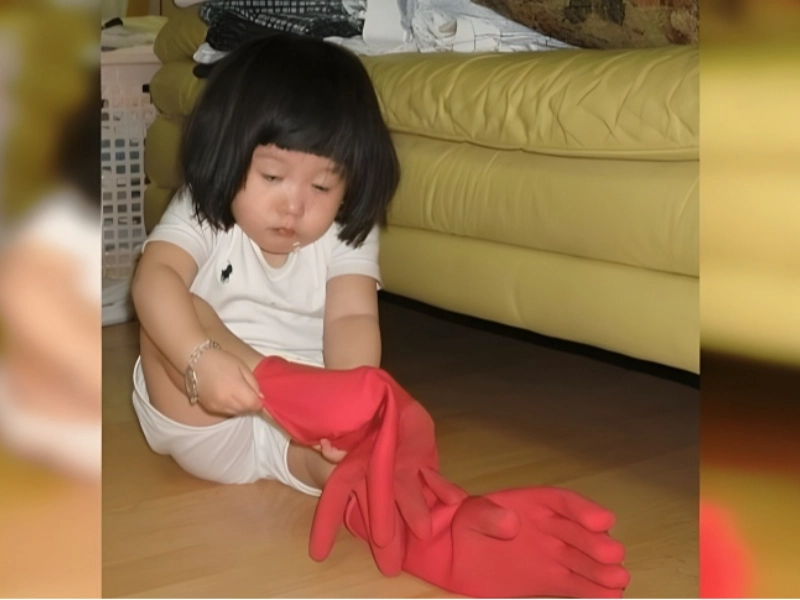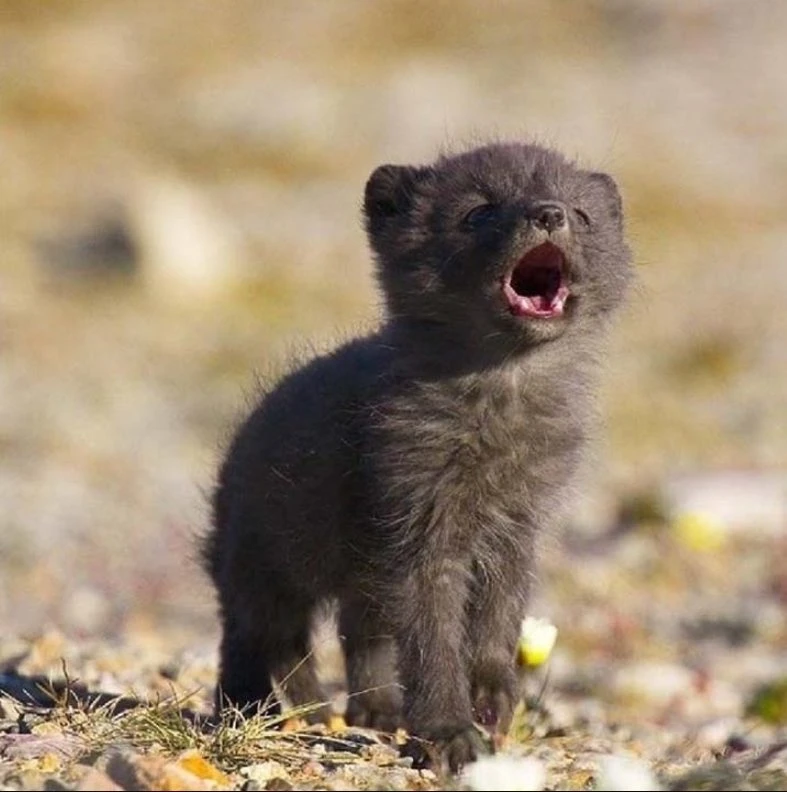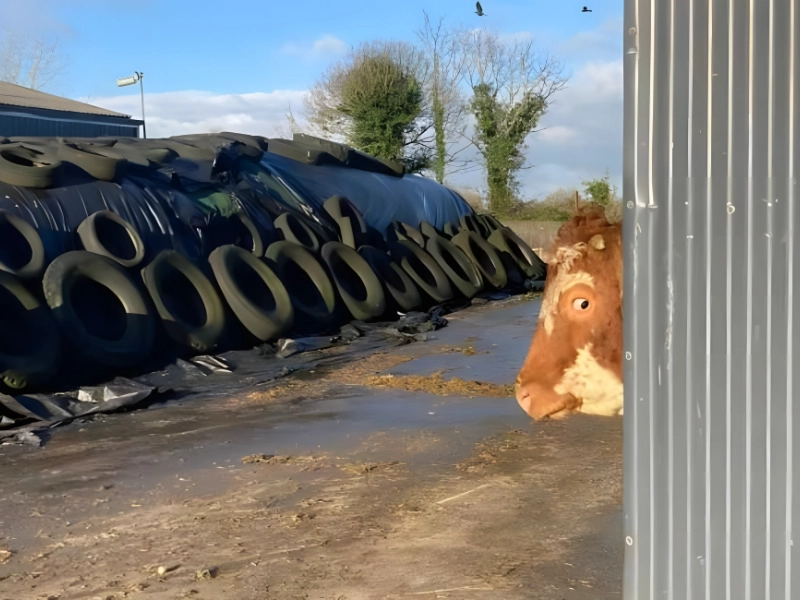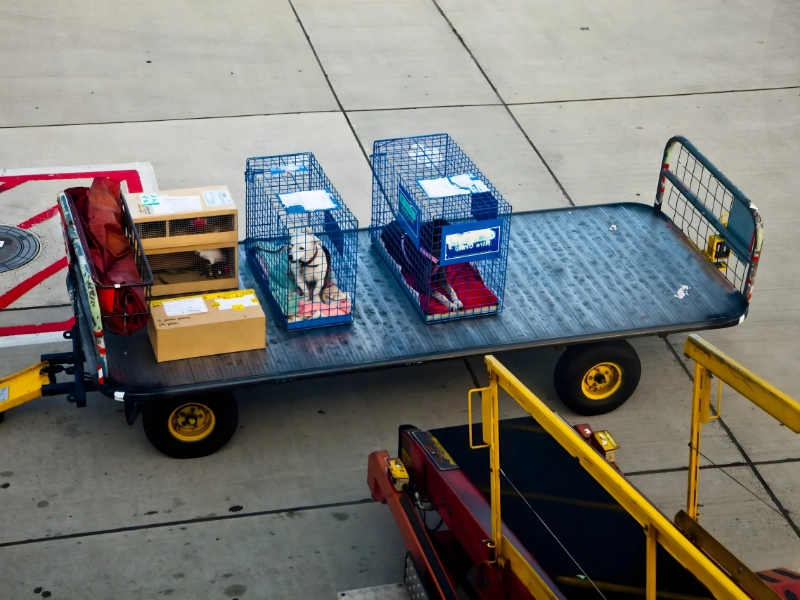Discover the Secrets to Your Own Secret Garden
8. Fertilize Grass Clippings With A Trick
DIY Lawn Fertilizer Using Grass Clippings Supplies Required Lawn Clippings: Collected from mowing your lawn. Making Cost $0: Utilizing what you already have. Instructions Collect Grass Clippings:
After mowing your lawn, gather the grass clippings instead of disposing of them. Spread the Clippings:
Evenly distribute the grass clippings over your garden beds or around plants. Aim for a thin layer to prevent matting. Nutrient Boost:
As the clippings decompose, they will release essential nutrients into the soil, enriching it much like Epsom salt. Watering:
Water the area lightly after applying the clippings to help them break down and integrate into the soil. Monitor and Reapply:
Continue to collect and apply grass clippings throughout the growing season as needed. Conclusion Using grass clippings as a natural fertilizer is an eco-friendly and cost-effective way to nourish your garden. This method not only recycles waste but also enhances soil health, promoting vibrant plant growth. Enjoy a lush garden while keeping your lawn maintenance sustainable!
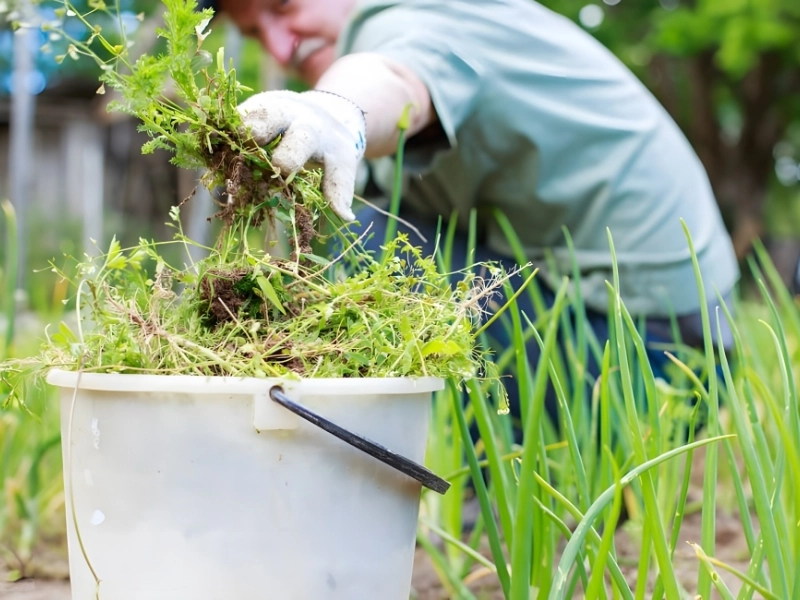
How to Fertilize with Grass Clippings Benefits of Using Grass Clippings Nutrient Supply: Grass clippings can provide up to 40% of the nutrients required for your garden. Reduced Nitrogen Needs: Applying clippings allows you to use fertilizers with less nitrogen. Soil Improvement: Particularly beneficial for sandy soils, clay-heavy soils, or soils lacking organic matter. Instructions Collect Grass Clippings:
After mowing, gather the grass clippings instead of discarding them. Prepare the Soil:
Before applying clippings, loosen the soil in your garden beds if needed. This helps the clippings integrate better. Application:
Spread a thin layer of grass clippings (about 1–2 inches) evenly over the soil around your plants. Avoid thick layers to prevent matting. Incorporate into Soil:
For best results, lightly mix the clippings into the top layer of soil. This helps with decomposition and nutrient absorption. Watering:
Water the area lightly after application to help the clippings break down and release nutrients. Monitor Growth:
Observe your plants for signs of improved growth and health. Reapply clippings as needed throughout the growing season. Conclusion Using grass clippings as a natural fertilizer is a sustainable way to enhance soil health and provide essential nutrients to your garden. This method not only recycles waste but also supports plant growth, making it a win-win for both your garden and the environment. Enjoy the benefits of a thriving garden with this simple technique!

